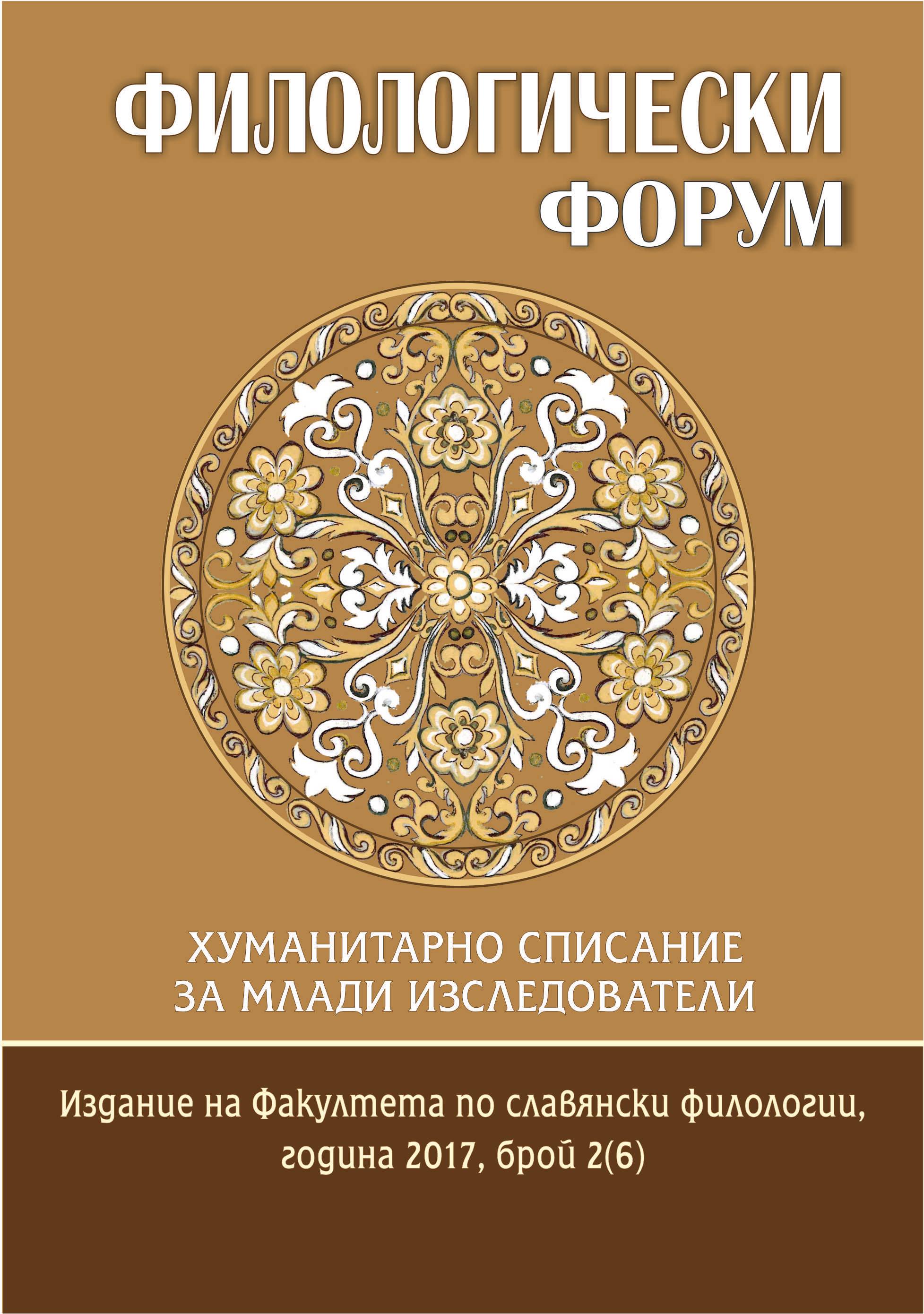
We kindly inform you that, as long as the subject affiliation of our 300.000+ articles is in progress, you might get unsufficient or no results on your third level or second level search. In this case, please broaden your search criteria.


The study deals with the emotional history of Slovak antisemitism in the late 19th century. Inspired by the theory of Sander L. Gilman, it examines the role of the stereotypes of "race", sexuality and disease in the political thought of Svetozár Hurban-Vajanský who was the most influential Slovak ideologue in the 1880s and 1890s. The detailed analysis shows the impact of "race", sexuality and disease on Vajanský's perception of the nation-building processes in East Central Europe and their failure, respectivelly. The anti-Jewish stereotypes are seen as an integral part of the so called "naturalization-codes" (Bernhard Giesen) which helped the nationalist intellectuals to distinguish between their own national communities and the "others" in terms of "race" and gender. The search for the roots of the racialist antisemitism of the first half of the 20th century will thus reveal a particular ideological mixture of tradition and modernity, of Christianity and science – similar to the contemporary allegations of "ritual murder" or the visual anti-Jewish bias.
More...
This article deals with the mutual images and stereotypes of Slovaks and Hungarians presented in Czechoslovak, Slovak and Hungarian history textbooks published between 1918 – 1989. The textbooks employed the same principles while creating the image of the Self and the Other. In all cases the authors of the textbooks opted for creating a positive image of their own nation by employing images of its cultural and moral superiority, while the Others were characterized as immoral traitors on a lower degree of civilisational development. Narratives presented in official history textbooks reflect the political agenda, desirable values and the efforts the political elites made in order to create a collective identity of the citizens of the state and to develop the loyalty of subjects to the country they live in. Thus, every change of political regime brings with it the necessity to reinterpret the past and to reconstruct the national history – as such, in which the current state, or the current ambitions and political programs of the elites would be seen as the natural, legitimate and most desirable result of historical development.
More...
Before 1918, Slovaks were a nation without borders, and they would therefore assert their identity mainly through language and literature. The writers from the end of the 19th century (M. Kukučín, B. Slančíková Timrava, L. Nádaši-Jégé, J. Gregor Tajovský, J. Jesenský) had to defend their positions under the difficult conditions of harsh magyarisation. Their situation changed after 1918 and this article observe show they reacted to this complicated post-war situation in terms of genres and themes,for example, in co-existence with literary and avantgarde directions. The values that the realistic authors promoted before the war became surprisingly developed under the changed political conditions. Each of them was able not only to attract readers’attention, but also to reflect on and critically depict the deformations of the new era.
More...
Based on J. Jarniewicz’s concept of two types of translator’s attitude: legislator and ambassador, the article concentrates on the reasons behind the oldest Polish translations of Slovak literature: a folk song, part of J. Rostworowski’s novel „Zamek na Czorsztynie”, a novel by J. Kalinčiak „Reštavracia” translated by P. Stalmach and a drama „Matka” by J. Gregor Tajovsky translated by F. Gwiżdż, showing the circumstances of their appearance and the attitudes of their translators.
More...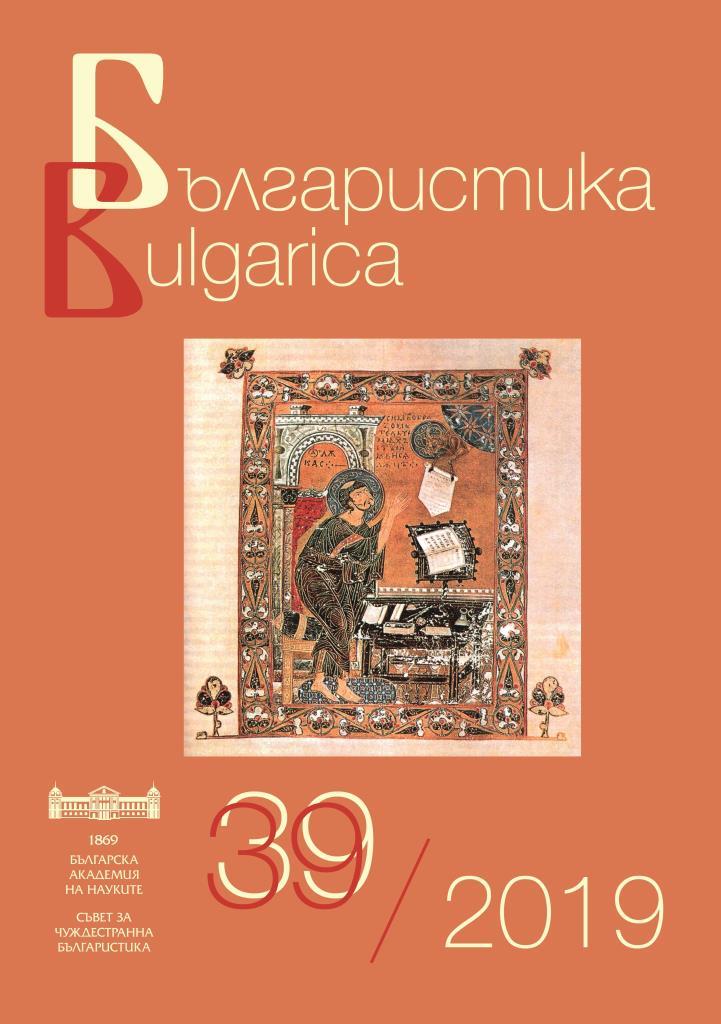
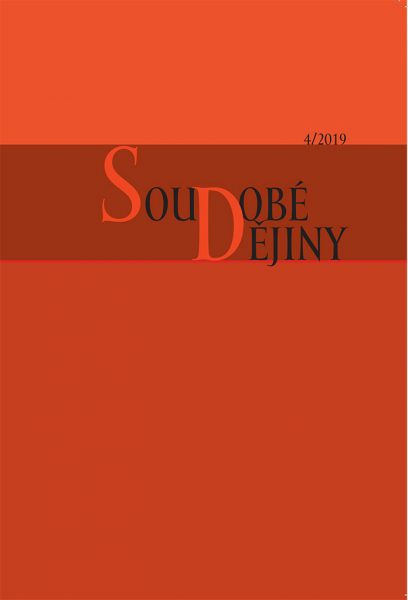
Prokůpek, Tomáš, Pavel Kořínek, Martin Foret, and Michal Jareš. Dějiny československého komiksu 20. století, Vols. 1–3. Prague: Filip Tomáš – Akropolis, 2014, 996 + 87 pp.,ISBN 978-80-7470-061-3. The reviewer presents a three-tome publication titled "History of the Czechoslovak comics of the 20th century" and written by four authors as the most comprehensive work on the history of comics in the Czech Lands and Slovakia, or in Czechoslovakia, in the twentieth century. In addition to the text, an opulent graphic accompaniment containing more than five hundred illustrations plays an equal role; an important part of the work is a rich technical apparatus concentrated in the third volume. In the reviewer’s opinion, a clear arrangement of the contents, unified methodology, and chronological structure of chapters contribute to a generally positive impression of the book. The chapters bring, in particular, an overview and description of Czechoslovak pictorial serials as well as domestic translations of foreign comics, but there is also a description of a more general historical context and a capture of the period (frequently rather critical) reflection of this pop culture phenomenon. However, much less space has been devoted to an analysis of transformation of comics in Czechoslovakia and their context. Still, the reviewer believes the work is, save for a few minor details, beyond reproach, its uniqueness and contributionare illustrated by many awards and nominations it has earned.
More...
Public publishing space for authors of original contemporary literature in Slovakia has changed and expanded significantly in the last three decades since 1989. Due to the development and use of modern technologies and the existence of digital virtual space, nowadays the authors of Slovak literature can publish their texts in many more media than before 1989, and almost without any limitations. However, the literary, aesthetic, cultural or fundamental artistic relevance of such contributions is in many cases controversial. In the context of the publication space of new media, internet portals and online literary magazines often publish without deeper critical selection and (often even minimal objective literary-critical reflection almost everything delivered to their editorial mailbox as by ambitious writers?), as well by those whose works are lacking basic literary talent and the necessary creativity. The paper maps the situation in the area of publishing original literature, especially poetry, in Slovakia at the beginning of the 21st century in the context of the use of new media and modern digital technologies.
More...
Review of: MICHAL JAREŠ – PAVEL MANDYS: Dějiny české detektivky [The History of the Czech Detective Novel] Praha: Paseka, 2019. 488 s. ISBN 978-80-7432-977-7 EVA MALITI FRAŇOVÁ: Andrej Belyj / Celistvosť (v) mnohosti [Andrei Bely / The Wholeness of (in) Multiplicity] Bratislava: Veda, vydavateľstvo SAV, Ústav svetovej literatúry SAV, 2018. 239 s. ISBN 978-80-224-1696-2 ANDREA BOKNÍKOVÁ (ed.): Poetika poézie a jej prekladu [Poetics of Poetry and Its Translation] Bratislava: Univerzita Komenského v Bratislave, 2018. 458 s. ISBN 978-80-223-4638-2 NIKOL DZIUB – FRÉDÉRIQUE TOUDOIRE-SURLAPIERRE (eds.): Comparative Literature in Europe: Challenges and Perspectives Cambridge: Cambridge Scholars Publishing, 2019, 265 pp. ISBN: 978-1-52-75-2226-1 THOMAS OLIVER BEEBEE (ed): German Literature as World Literature. New York – London: Bloomsbury Academic 2016. 214 pp. ISBN 978-1501317712
More...

The paper points out the existence of the Slovak poetic word in presentday Hungary. It aims to identify the themes, creative procedures, methods and means of expression used in the Slovak poems by Imrich Fuhl. Based on a methodological basis, it follows the specific attributes of the complex being of the individual in this chronotope. It puts a special emphasis on those poems that are supported by visualization in one way or another inhis two published poetry collections. It characterizes the connection between Fuhl‘s poetry and selected visual concretizations of his texts. In addition, individual prototexts follow not only the intricate fates of a multicultural lyrical subject, but also its natural, universal, specific objectifications. With the gradual interpretation of these forms, Fuhl‘s (at that time natural) youthful temperament is also at the forefront. In such a perception, the poetically depicted – even oxymoronic – world is altered, developed, perfected, but also criticized, dishonoured, reduced: until (in a certain existential and cultural sense of the word) it degenerates. Calligrams, icons, parodies, and visual “materializations” are also mentioned as multidimensional poetic objects of these processes. The contribution also uses specific excerpts from the originals, respectively metatexts of experts in the field, which actually illustrate the way of thinking. The result and contribution of the text is the presentation of generally valid but also specific features of the author and his extraordinary literary work in given geographical and culturalcoordinates.
More...
This contribution deals with Die Nummer auf deinem Unterarm ist blau wie deine Augen. Erinnerungen (The number on your forearm is blue like your eyes. Memories, 2016) by the Jewish-German author and psychotherapist Eva Umlauf (born in Nováky, Slovakia, in 1942, she emigrated to Munich in 1967). Its objective is to follow some of the clear traces of interdiscursive communication in the text and to point out how a personal life story became a multi-layered autobiography. In the first part, the originating points of literary theory are outlined and the structure of the work and its interdiscursive dimensions are presented. The second part deals with the incorporation of knowledge of historiographical discourse, exemplified by the events of the Nazi era (including her birth in the labor camp for Jewsin Nováky and her internment in the Auschwitz concentration camp 1944–1945).
More...
Socialist Slovakia did not pay much attention to medieval Occitan poetry, of which only one translation was accessible in book format – the anthology Danteho trubadúri (The troubadours of Dante), published in 1972 by Jozef Felix and Viliam Turčány. This article seeks to reconstruct its ethical background, drawing mainly (but not exclusively) on contemporary approaches to the anthology as a concept. It responds to such questions as: Do the translators fall prey to cultural isolationism and plagiarize concrete foreign-language (especially French) sources? Does their selection of poems encourage ethnocentrism rather than a true exchange of literary values? Why is Dante’s name included in the title? To what extent are the accompanying paratexts marked by ideological manipulation? Perhaps not surprisingly, the editorial gesture is not discredited by the ordeal, proving that aesthetic elitism can be a powerful antidote to totalitarian practices.
More...
Spiritual poetry of the baroque era in Slovakia has been relatively little interpreted from the viewpoint of the theme and motives until now. It used to serve like a language material that has been explained form the aspect of lexical historicism and archaism. In the baroque texts unattractive for readers it is possible to disclose again the relevant interest for readers through interpretation anthropologically aimed to the picture of the then world.
More...
Slavic myths increasingly survive in people’s consciousness as supernatural elements or as literary characters rather than as real beliefs in their existence. Adult readers in Poland and Slovakia, for example, encounter Slavic supernatural beings in the fantasy literature book series such as Wiedźmin by Andrzej Sapkowski and Černokňažník by Juraj Červenák; however, literature cannot be expected to portray superstitions and demons in the same way as belief legends. Placing Sapkowski’s and Červenák’s works within the context of ethnographically recorded beliefs illuminates various aspects of intercultural and intertextual relationships within the literary setting. This article shows that there are several types of literary adaptation of Slavic myths: adaptation in accordance with folk beliefs, denial of superstitions, incorporating a folk myth in order to create an illusion, and using the name of a demon while also adding characteristics from other sources – especially from popular culture.
More...
The article The Linguistic Picture of Politeness in Dobšinský's legends and Erben's tales brings up the question how the meanings of the politeness concept and its context usages contribute to the broader Slovak and Czech linguistic picture of the world. To be able to answer this question we observed and interpreted various definitions of the concept we found in Slovak and Czech dictionaries and ethical manuals. With this theoretical base we have continued our observations of the concept within the literary field of legends and tales by Slovak romantic author Pavol Dobšinský and Czech romantic author Karel Jaromír Erben.
More...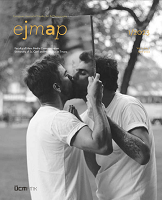
This paper focuses on the writer Gejza Vámoš (1951 – 1956), namely his two publications of different natures, i.e. the novel Atoms of God and his Dissertation thesis in philosophy, The Principle of Cruelty. These are texts that were more or less created in the same time period, and in which the writer communicated his philosophical worldview in almost identical ways. The aim of this paper is to show the semantic proximity of philosophical and literary communication, and at the same time to make accessible how the various philosophical theses were “imprinted” into the novel through a literary setting.
More...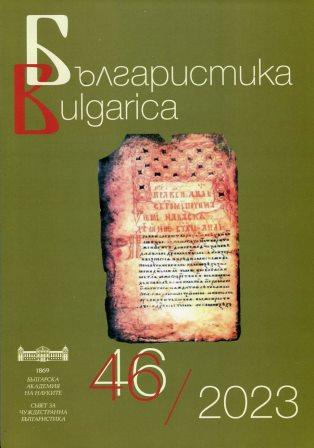

The article discusses non-Anglophone campus fiction based on contemporary Slavic academic fiction. The author maintains that for the study of Slavic campus fiction in the context of world literature, the methodology of area studies and comparative literature is productive since it presents necessary tools for interdisciplinary research. This idea is illustrated by campus fiction written in the countries of Central Europe. The article discussed generic peculiarities of Slavic campus fiction, which primarily is constituted by the socio-cultural context of the area’s university history and the themes, therefore, dealt with by the novels. As the themes common for Czech, Slovak, Polish, and Ukrainian campus fiction the author specifies the problem of identity, cultural memory, and the university’s contemporary challenges. Among the specific features identified in these national literatures, campus metafiction by Slovak and Polish writers is mentioned. The author concludes that Slavic campus fiction offers a unique lens on multilingualism and hybrid identities, shaped by Europe’s intricate history and opens up new possibilities for further research.
More...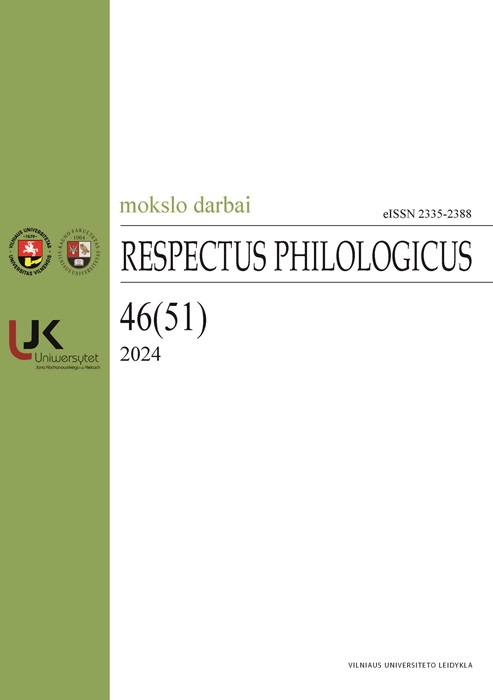
The article focuses on the image of campus life as presented in a selection of novels written in Polish, Slovak, and Ukrainian after 1989. The author presents generic peculiarities of Slavic campus fiction and analyses the theme of (academic) coming-of-age in Slavic campus fiction. The maturation of student characters in Maryna Hrymych’s Yura and Pavol Parkov’s The Legend About the Language occurred in Soviet Ukraine and Czechoslovakia, respectively, around 1968. In contrast, the protagonists of Jagoda Grudzień’s Erasmopeja and Tania Kalytenko’s Antero undergo academic identity formation in contemporary Scandinavian countries as participants in academic exchange programs. While Hrymych and Rankov portray characters navigating totalitarian societies of the past, Grudzień and Kalytenko situate their students within the anxieties of the globalised world, where remembering the past remains crucial. The author concludes that contemporary campus fiction written in Slavic languages addresses the issues significant for the cultural memory of the particular nation. Collectively, these novels contribute to a sense of continuity in academic culture within East-Central Europe.
More...